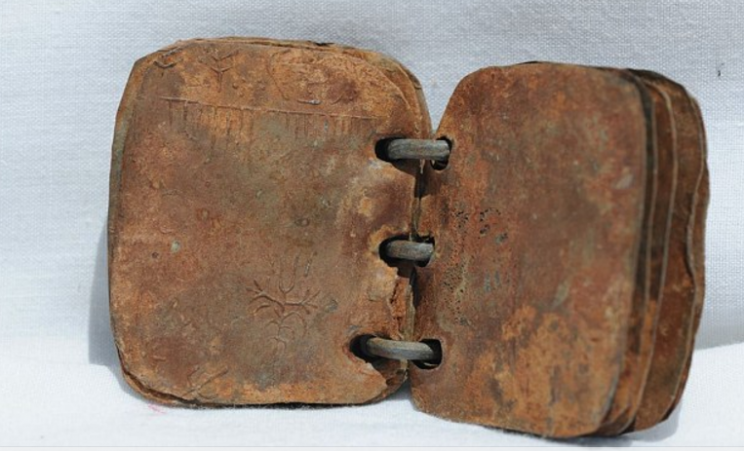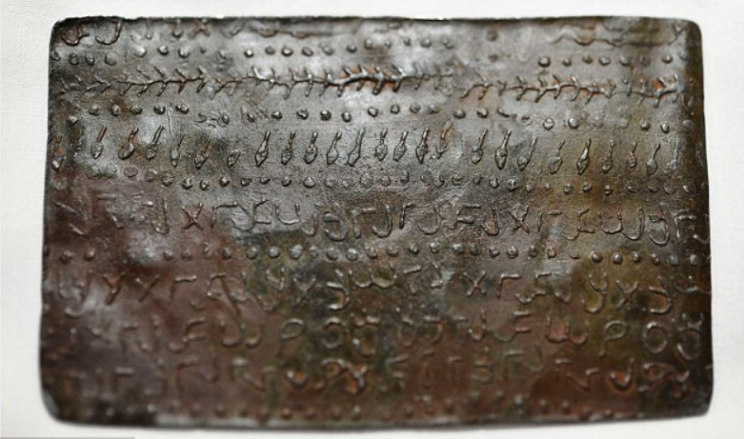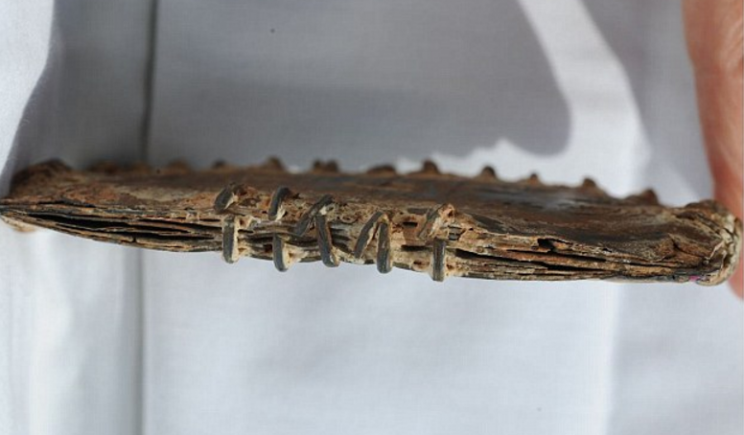Mysterious lead tablets ‘may contain earliest written mention of Jesus Christ’

A mysterious set of lead tablets may contain the earliest written mention of Jesus Christ, after they were proven to be around 2,000 years old.
The tablets were found in 2008 in a cave in Jordan by a Jordanian Bedouin, and are made of sheets of lead held together like a ring binder.
Many experts have dismissed the tablets as fake – but author David Elkington says that they are not only real, but show that Jesus was not starting a new religion but restoring, ‘a thousand-year-old tradition from the time of King David.’
Elkington has said the tablets could be ‘the major discovery of Christian history’ – a record of Jesus made by his followers in the decades after his death.
MORE: Let women drive says Saudi prince as he calls for end to ‘unjust’ ban
MORE: Police find pranksters dressed up in animal costumes while looking for a mountain lion
Test’s by University of Surrey researchers showed that the lead is comparable to other samples from the era unearthed at an excavation in Dorset.
The researchers write that the sample, ‘‘does not show the radioactivity arising from polonium that is typically seen in modern lead samples, indicating that the lead of the codex was smelted over one hundred years ago’.

‘While there may be variations in decay and corrosion that depend upon the environmental conditions in which the objects were stored or hidden, there is a strong underlying theme of decay from within the metal,’ ‘It is oxidising and breaking down at atomic level to revert to its natural state.
‘This is not witnessed in lead objects that are several centuries old and is not possible to produce by artificial acceleration (e.g. through heating).

‘This provides very strong evidence that the objects are of great age, consistent with the studies of the text and designs that suggest an age of around 2000 years’.

 Yahoo News
Yahoo News 


